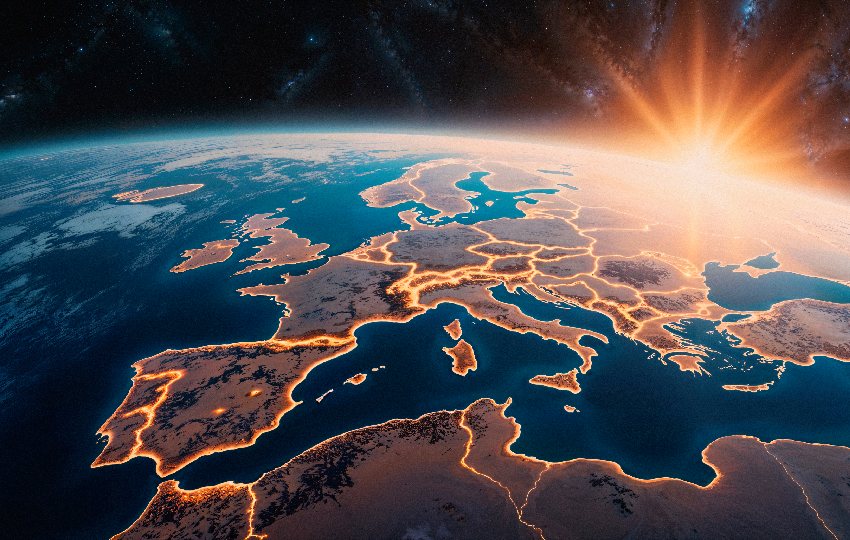After the official release of the EU’s report on the 2020 Blue Economy on June 11th, 2020, we now have a clear overview of the overall performance of the European economic sectors related to oceans and the coastal environment.
According to the report, the turnover for 2018 alone was 750 billion euros. The Commission seems to be achieving the original goal regarding the blue economy as it appears that the EU blue economy is in “good health”.
Some of the most important statistics of the report are the 5 million people working in the blue economy in 2018. The number represents a significant increase of 11.6% in comparison to the year before. This was a big strike against the European unemployment levels.
It is no secret that sectors like the coastal sector and marine tourism as well as fisheries and aquaculture have been severely affected by the coronavirus pandemic. EU’s blue economy appears to be presenting a huge potential when it comes to contributing to a green recovery during these malicious times.
“Maritime renewable energy, food from the sea, sustainable coastal and maritime tourism, the blue bio-economy and many other activities constituting the blue economy will help us come out of this crisis stronger, healthier, more resilient and more sustainable. We are doing everything we can to cushion the impact of the lockdown, protect the jobs in the blue economy and the wellbeing of our coastal communities while retaining our environmental ambitions.”
Virginijus Sinkevicius, European Commissioner for Environment, Oceans, and Fisheries
Although typically associated with traditional activities such as fishing or transport, the marine environment has been housing an increasing number of growing, innovative sectors that include marine renewable energy. It appears that Europe, as a world leader in ocean technology, is on the road to producing up to 35% of its electricity from offshore sources by 2050.
The details provided in the report prove that it addresses, for the first time, the environmental dimension of the blue economy in detail. The environmental objectives appear to be achieved. It is important to note the 29% decrease of CO2 per unit of gross value added between 2009 and 2017 that firmly decouples growth in fisheries and aquaculture from greenhouse gas production.
Creating Job
We already mentioned that the 5 million employed people in 2018, increase the employability in the blue economy by 11,6%. We notice that the increase was mostly driven by the coastal tourism sector, however, jobs in the offshore wind energy sector have multiplied nine-fold in less than 10 years.
It is clear now that the EU Blue Economy has overcome the massive impact of the economic and financial crisis of 2008. Now the EU is facing yet another crisis with the coronavirus pandemic having a big impact on all the economic sectors as well as the blue economy.
The European Commission took strong measures from the very beginning to protect the European Economy and that includes various sectors of the Blue Economy.
The EU has supported the blue economy through the use of various instruments. The European Fund for Strategic Investments alone has invested over 1.4 billion in offshore wind projects. It has also offered substantial support to the other parts of the blue economy. That includes port development and clean shipping.
The BlueInvest Platform of the European Commission and the European Investment Fund has provided grants of €22 million in 2019 and €20 million in 2020, to innovative, starting blue economy entrepreneurs. Also, a new BlueInvest Fund was created in 2020. At the same time, the European Bank for Reconstruction and Development is financing a series of blue economy projects.
More and more funding appears to be finding its way towards the Blue Economy. With more attention on the sector than ever, we notice an increase in European Calls that support and promote the sector in every way. You can learn more by staying tune with EUcalls.



